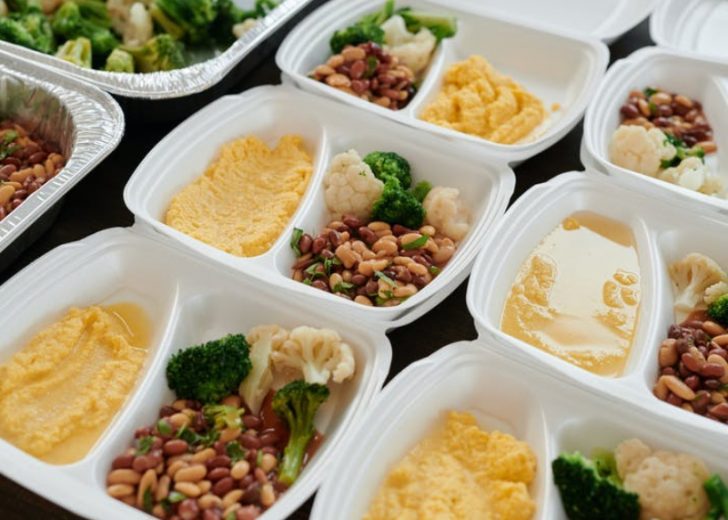If you think Airplane food does not taste particularly good, maybe it’s not the food. Maybe it’s you.
Airplane food is different, plain and simple. Expect your favorite beverage to NOT taste the same at 30,000 feet in the air!

Try this the next time you board a flight; bring your favorite treat or food along in your carry-on luggage bag and have a snack once you’re in the air. If you’ve ever done this in the past, you might have observed that the taste is noticeably different, and not in a good way.
There are numerous reasons to account for the change in your senses of taste and smell once you’re 30,000 feet above sea level, which affects the way you taste your food as well. Since your sense of smell and taste are intricately intertwined, if something affects your sense of smell, it also affects your sense of taste in a big way and vice versa.
Since both you and the plane are moving at high speed (usually in excess of 750 kilometers per hour), in a pressurized cabin, your sense of smell is diminished significantly due to the pressure and altitude.

As the plane gains more altitude and speed, air pressure levels, along with humidity in the cabin drop drastically; at an altitude of 30,000 feet, the humidity in the air is lower than you would find in most deserts!
Another factor that accounts for the change in taste is the noise in the cabin from mechanical moving parts of the plane and its engine. Loud, constant low-frequency noise can have an effect on your body’s sensory processing capabilities and this noise, combined with the high altitude and cabin pressure, reduces your ability to taste and smell by 30%.
Airlines and food manufacturers do take these factors into consideration when coming up with a menu for in-flight meals, but it’s easier said than done.

The complexities arise due to the fact that high altitude and low-pressure environments have different effects on different foods; foods that taste sour, bitter or spicy are almost unaffected whilst foods that are salty or sweet are affected big time in the air.
This can make the provision of in-flight meals challenging since it’s a balancing act to use more of certain types of flavors to counteract the effect of high altitude cabin pressure, whilst ensuring you don’t exceed normal doses of ingredients like salt or sugar to maintain the original taste. The more you know!




